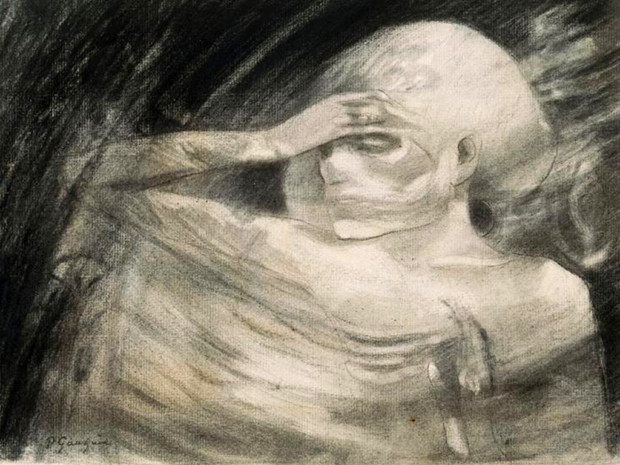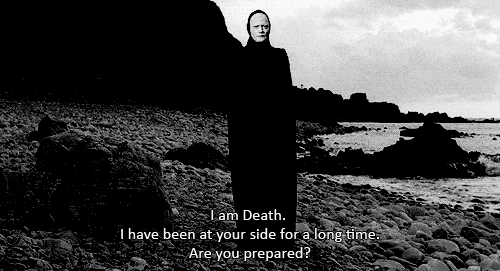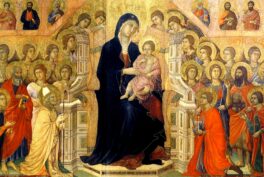Danse Macabre (Dance of Death) – a weird dance between people and skeletons. You might think that it is a scene from a horror movie. But surprisingly, it is a medieval allegorical concept for the all-conquering and equalizing power of death. Ready for a story full of death and skeletons?
The Dance of Death is a literary or pictorial representation of a procession or dance of both living and dead figures. The living are arranged in order of their social rank, from pope and emperor to child, clerk, and hermit, and they are led to the grave by the dead. These creations were produced as mementos mori (Latin for remember you must die), to remind people of the fragility of their lives and how the glories of earthly life are but vanity.
Origins of the Dance of Death
The Dance of Death had its origins in late 13th and early 14th century poems that combined the essential ideas of the inevitability and the impartiality of death. This motif became popular during the time of the epidemic of the Black Death in the mid-14th century, recurring famines and the devastation caused by the Hundred Years’ War (1337–1453) between France and England.

Holy Innocents Cemetery
The earliest known example of the fully developed dance of death concept is a series of paintings (1424–25) formerly in the Cimetière des Innocents (Holy Innocents Cemetery) in Paris. In this series, the whole hierarchy of the Church and the State formed a stately dance. The living alternate between skeletons and corpses who are escorting them to their final destination. The Paris danse macabre was destroyed in 1699, but a reproduction or free rendering can be seen in the woodcuts of the Paris printer Guy Marchant (1485), and the explanatory verses have been preserved.


19th Century Revival
The dance of death theme was depicted less often during the Renaissance. However, it enjoyed a revival in 19th Century Romantic literature, art and music. It’s inspiration can be seen in the work of composer, Camille Saint-Saëns, in his musical masterpiece, Danse Macabre (1874).

20th Century Film
In 1957 it was effectively used as the visual climax of Ingmar Bergman’s film The Seventh Seal.

Brave enough to delve deeper into the world of death and the macabre? Check out:






